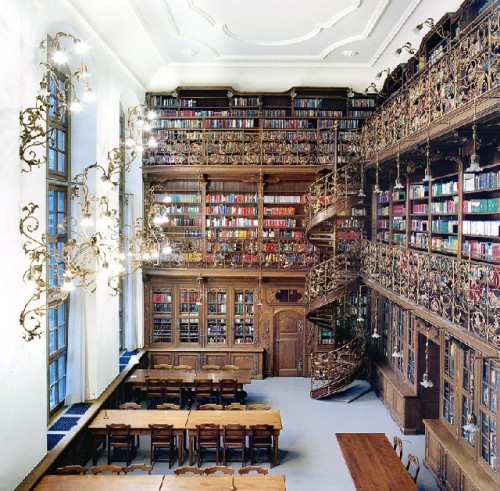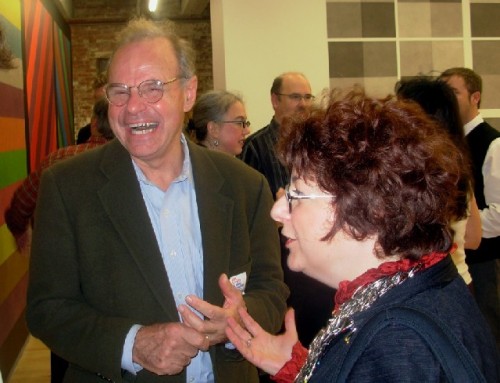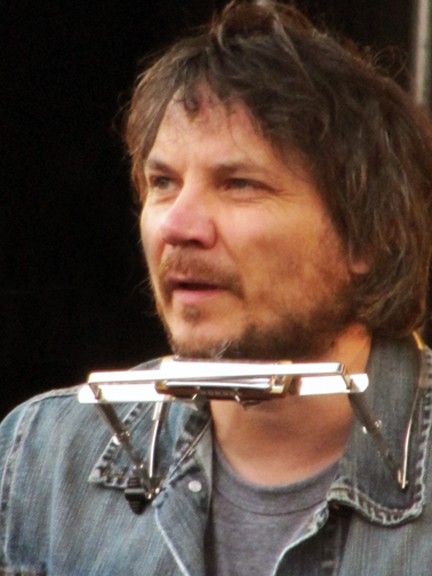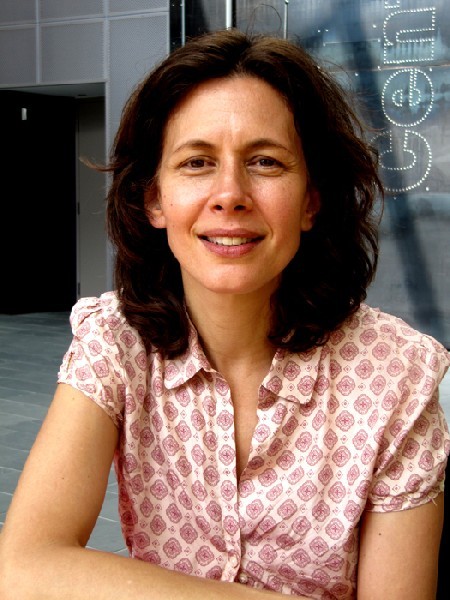Connecting the Dots in Northern Berkshire County
From Pissarro at the Clark to Wilco at Mass MoCA
By: Charles Giuliano - Jun 22, 2011
For most seasonal visitors The Berkshires means James Taylor at Tanglewood, Jacobs Pillow, theatre and restaurants in Pittsfield, Lenox and Great Barrington. This summer, however, there is a lot going on in Northern Berkshire County. Yeah, we know, an hour further from New York. Or Boston.
Sterling and Francine Clark focused on Old Masters with great depth in French Impressionism and the American masters, Winslow Homer, Frederick Remington, and John Singer Sargent.
The Clark Art Institute with a renowned library, conservation and research facilities is among the best endowed and most important smaller, regional museums in America. In recent years it has created close ties with Mass MoCA in neighboring North Adams, as well as its unique teaching relationship with Williams College and the Williams College Museum of Art. The Clark and Williams combine to offer a masters program in museum and curatorial studies. Its graduates have had such a deep influence on the field that they are known as the Williams Mafia.
During the busy summer season visitors come to the Clark to experience stunning works by Renoir, Monet, Degas and other 19th century French and American masters.
As has been the case for the past several months, and more to come, choice works from the collection are on the road. The Clark is parading the relics while going through yet another phase of construction and renovation to its campus designed by Tadeo Ando.
With masterful legerdemain, however, Michael Conforti, the director of the Clark has pulled not one, but three rabbits out of the hat.
Those who come to the Clark may be disappointed to find that their favorites are not at home. But they will get their fix for French Impressionism through a special exhibition “Pissarro’s People” which presents a fresh, scholarly view of the artist who is most familiar for landscapes.
The main gallery that normally houses the impressionists has a very different look and feeling this season. The space is unique for its translucent glass ceiling that bathes the room in soft, warm, ambient light.
Taking the theatrical notion of the play within a play the Clark has mounted an exhibition of large format color photographs by the German artists Thomas Struth and Candida Hofer. For subjects they photograph in the galleries and interiors of renowned museums and libraries. In a kind of double take visitors are looking at images of people looking at works in museums. Typically, in works by Struth we observe museum visitors crowded in front of Las Meninas at the Prado. Hofer prefers to photograph spaces devoid of spectators.
A couple of years ago the Clark completed construction on its Stone Hill Center which combines conservation facilities with gallery space. The structure is separated from the main complex. It is precisely that distance that has invited adding a different element to exhibition programming at the Clark. Since its inception it has been devoted to contemporary art. This summer the relief sculptures by the African artist El Anatsui are on view.
Several years ago during an interview with Conforti I asked about the focus on impressionism and 19th century art. With so many major museum exhibitions mining the same narrow range wouldn’t there come a time when you go to the well one too many times? Isn’t there a point when museums get tapped out on yet another rehash of impressionism or an ever smaller slice of the work of an artist? The detailed study of “Pissarro’s People” is just such an example of that kind of project. Last summer we had “Picasso Looks at Degas” which was a critical stretch but packed in the crowds.
Conforti indicated that he was well aware of the issue. Exhibitions devoted to impressionism primarily appeal to older audiences. It is the thrust of those whom we see at Tanglewood, Jacob’s Pillow and the theatre companies. It is that older audience which is the primary support for arts and culture.
But as that demographic continues to age and diminish the audience of the next generation reflects a different range of taste. Where those in their 70s and older prefer impressionism, arguably, those from 50 to 70, are more interested in modernism- hence Picasso/ Degas. While the demographic from 30 to 50 would like to see Pollock or Warhol.
At some point there is a merger with the audience for Mass MoCA and WCMA. The three museums in Williamstown/ North Adams have been exploring ways to attract overlapping audiences. Will those who come for Sol LeWitt and installations at Mass MoCA also be interested in adding the extra time for Pissarro? Or, the other way around? Does what the museums are offering represent apples and oranges?
Cleverly, there is a twist. Someone visiting Mass MoCA this summer would make a terrible mistake not to see El Anatsui. It is precisely the kind of blue chip contemporary art that one expects to see at Mass MoCA. For a visitor to Pissarro who takes the extra time to take the hike to the Stone Hill Center this may be an astonishing experience and galvanic first exposure to cutting edge contemporary art.
The gallery dedicated to Struth and Hofer is nicely subversive. Because the gorgeous large color photos depict classic museum interiors, and shots of Old Masters, a viewer might not even comprehend that they are experiencing contemporary art. Now isn’t that wonderfully clever.
If this strategy works as Conforti has designed it there is a way of keeping a focus on those greatest hits of the Clark. It’s renowned and comfy impressionist masters. While gradually tweaking audiences into modernism and contemporary art.
Uniquely, through the synergy of three great museums, a visit to Northern Berkshire County offers an abundance of riches. But there are complex marketing and pr issues to gradually educate audiences to plan the extra time to visit all that the region has to offer. Right now a visitor is inclined to see Mass MoCA, or the Clark, with maybe WCMA if there is time.
Of course MoCA is huge and it takes at least a half day to see it all. The same is true for the Clark. With lunch it proves to be an either or situation. Statistics show that most of the visitors are making a day trip from South County with its focus on Tanglewood, Jacob’s Pillow and theatre.
There is a tough marketing challenge to sell the idea of Northern Berkshire as a weekend destination and not just a day trip. Of course add to the equation Williamstown Theatre Festival. With shows at both Nikos and on the Main Stage a visitor might have two nights of theatre and two days of museums. A typical package would entail arriving Friday with dinner and theatre. One museum Saturday afternoon. Dinner and theatre that night. The second museum on Sunday with checkout and departure. Or perhaps Tanglewood Sunday afternoon and then home. There are all kinds of combos but it takes marketing and pr to plant the seeds.
This weekend will see the second annual Wilco Solid Sound Festival. Hotels are mostly sold out and using last year’s stats there will be at least 6,000 people in North Adams. For rock Wilco draws an older demographic. With a mid range in the 30s including families with small children. The festival is integrated with the museum so those coming for music will have an intense exposure to contemporary art. MoCA is hoping that the Wilco audience will come back over time for the museum and its diverse programming.
It is not anticipated that the Wilco audience will drift to WTF and the Clark. They will be busy negotiating comfort stops and meals. This time North Adams has its act together and will keep bars and restaurant open until 2 AM following the concerts on Friday and Saturday. There will also be live music off the MoCA campus.
While all of these efforts and events will not have an immediate impact there is a great long range potential. The bottom line is expanding the notion of the Berkshires beyond Tanglewood and South County. There is a lot to see and do in Northern Berkshire County but we need ever greater efforts to connect the dots. We appear to be headed in the right direction.








